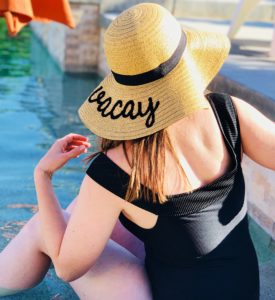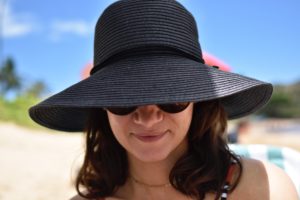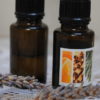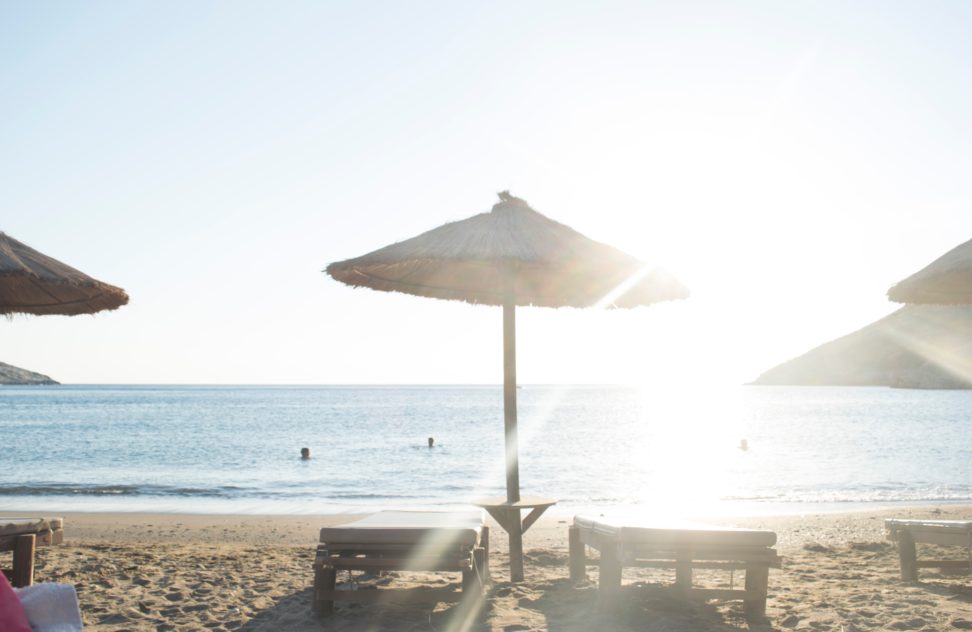The sun is about 93 million miles from you and me, but the sun’s ultraviolet rays are up close and personal—especially during the summer. For some people, they experience a sunburn in less than 15 minutes. Yes, 15 minutes!
Today’s growing body of research into UV-A and UV-B rays gives us a good understanding of the sun’s effect on our skin. For years, UV-B was thought to be the “cancer-causing ray.” Now, we know that UV-A contributes to long-term skin damage that can increase the likelihood of cancer. You might remember that sunscreen changed to being “broad spectrum” at some point. Manufactures redesigned it with the goal of blocking both UV-A and UV-B.

If you’re interested in learning more about why our bodies burn in the sun, this article from Vox is a good resource.
We also have good data on what affects the intensity of the sun’s rays, including time of day and geographical location. For example, rays are most powerful from late morning to early afternoon, and altitude affects UV levels. Did you know that for high-altitude cities, like Boulder, Colorado, there is actually a UV weather report?
Skin cancer is real, and we want to avoid damaging our skin and DNA. Thus, sun safety involves finding a balance between covering ourselves and getting some sun. We need some sun, but don’t want to damage our DNA with oxidative stress.
If you’re interested in ideas for avoiding a sunburn? Check out these tips and resources. In fact here is a Functional Medicine doctors advice for sun protection.
- Apply sunscreen! Only apply sunscreen if you need it, and beware of toxins! Some sunscreens are very toxic! EWG published its 2019 Guide to Sunscreens.
- Choose the right sunscreen! EWG actually advises against high SPF lotions, and sunscreens that have Vitamin A in them!
- Watch the time. Best time to be in the sun is before 10am and after 3pm. If wearing sunscreen, be sure to re-apply when needed.
- Look for shade. Set up your picnic under a canopy or take a break during your hike by a grove of trees.
- Bring the shade with you. Grab an umbrella, wear a large-brim hat, or wear breathable long-sleeve clothing. There are many options today!
 A quick note on sunscreen-infused clothing: I’m personally not a huge fan of this trend because it brings my body into contact with more chemicals. The EWG has an article that you might find helpful when evaluating “SPF clothing.” Find the least toxic!
A quick note on sunscreen-infused clothing: I’m personally not a huge fan of this trend because it brings my body into contact with more chemicals. The EWG has an article that you might find helpful when evaluating “SPF clothing.” Find the least toxic!
If you’re looking for more ideas for keeping your skin and body healthy this summer, give me a call or drop me an email.



![z31[1]](https://simplywholebydevi.com/wp-content/uploads/2018/06/z311-100x100.jpg)












